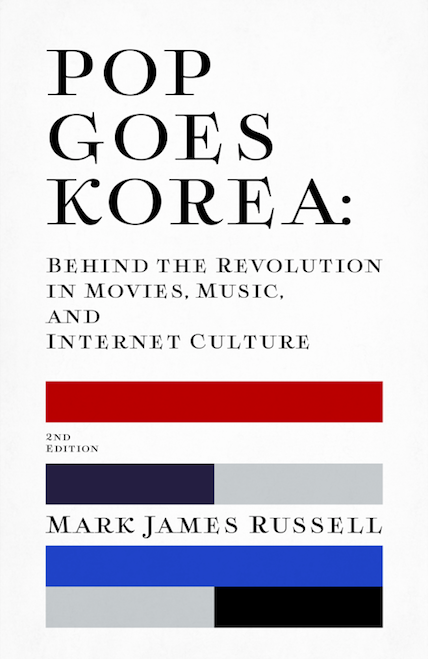It is long, long overdue, but at last Korea has its music charts back. The Ministry of Culture has put together GAON, an “official” music chart that is going to measure online and offline music sales and put it all together to form a chart of the most popular music in the land.
Music charts in Korea have long had problems. Most notable were the scandals and problems that plagued the TV music charts, on the terrestrial stations and on music video channels. After so many payola investigations and other legal problems, most channels pulled their countdowns for years.
More serious, imho, was the loss of the “official” sales charts. MIAK (the Music Industry Association of Korea) disbanded in 2009, as part of some larger government reorganizations. But even before MIAK was disbanded, it had stopped keeping track of music sales (and even then, they only tracked physical sales, which have lagged behind digital sales in Korea since 2003).
MIAK is supposed to be replaced by the KMCIA, which will include online as well as physical sales. There are no charts at KMCIA yet, but it looks like they are taking steps toward adding CD and online sales charts.
So why care about music charts? Certainly I am not interested in bragging rights between one K-pop band or another. What is important, though, is transparency. Transparency may not be as sexy as Lee Hyori or as flashy as a 2PM dance move, but it is far more important for having a successful pop industry.
Look at Korea’s movie industry, for example. Ten years ago or so, it was really hard to find good information about how movies were doing in Korea. If you saw a chart, it was most likely only for Seoul. Nationwide data came weeks later, if it all, and was pretty unreliable. Theater owners fought for years that their box office data was proprietary and releasing it would put their business in danger. It was against the interest of each individual to release that data.
But guess what, it was in the overall industry’s interest to have that data. Without reliable data, distributors could not be certain how well their films were doing, and therefore how much money they should be making. Poor numbers increase risk, which makes the whole system work much less efficiently.
The Korean government put a real emphasis on improving the quality of box office data, and it is no coincidence that better box office data happened at the same time as overall box office went up up up. And I think it is also no coincidence that lousy numbers in the music industry have gone along with that industry’s decline over the past eight years.
Hopefully, Gaon will work out, and that more reliable information might lay the foundation for better days for the music industry.
Of course, if you want to know more about Korean music, movies, charts and all that fun stuff, you should pick up a copy of POP GOES KOREA.



As happy as I am that Korea has an official chart there are a few issues.
First off the KMCIA now has a link to the Gaon Chart website and nothing else.
Gaon’s website is nt avaliable in any language other than Korean.
Gaon does not publish their chart with number sales and KMCIA will not as Gaon chart is the standard now.
Korean sales are not recorded on any world chart because the numbers are not presented and therefore there is no idea about how well Korean music sales are doing compared to other markets such as Japan (Japan’s albums sales are recorded on world charts)
Without numbers to back their chart it will not be taken seriously. Hanteo is still used by most people.
Something needs to be done and soon! MIAK was a great resource for fans and market researchers alike, let’s hope that Gaon lives up to that!